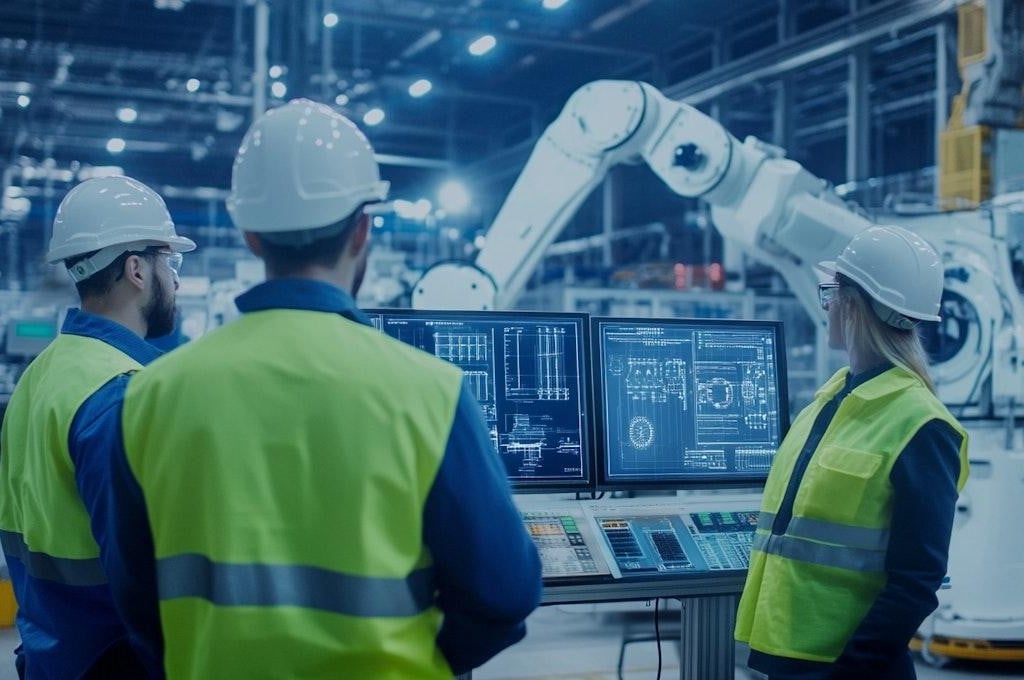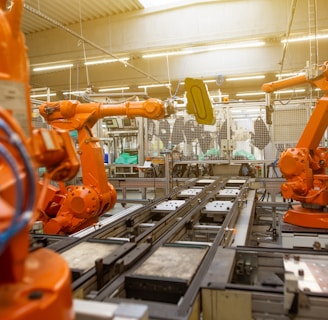Zero-Defect Manufacturing: How Smart Factories Are Making Perfection Possible
Discover how smart factories are using real-time sensors, automation, and predictive analytics to eliminate production errors and achieve true zero-defect manufacturing. Perfection is no longer just a dream.
Jayanee Sarkar
6/22/20253 min read


For most of the last century, factories wrote a certain amount of scrap into every budget. Human inspectors shuffled along the line, relying on tired eyes and gut feel for quality control. When a bearing cracked or a weld warped, the whole process froze, pushing costs up and deliveries out. Chasing perfection meant armies of inspectors, mountains of safety stock, and endless rework. In short, “zero defects” sounded nice in a slogan but felt impossible on the floor.
The Shift: Real-Time, Not Rework
That mindset is fading fast because sensor readings now travel faster than a conveyor belt. Cheap devices measure temperature, vibration, and speed on every spindle, press, and conveyor. Their data feeds real-time dashboards that update in seconds. If a drill bit drifts off-centre by a hair, an alert pings, the line pauses, and a quick tweak fixes the problem before a mountain of scrap appears. Mistakes are caught where they start, not at the loading dock.




How to Start Small
The most effective approach is to pilot, learn, and then expand. Begin with one stubborn station—say, a paint booth that ruins parts on humid days. Add basic sensors, stream data to a laptop, and train operators to respond to alerts. When scrap drops and morale jumps, copy the recipe to other lines. Even a modest plant can march toward a zero-defect culture step by step, without betting the whole shop.
Takeaway: The New Benchmark
Zero-defect manufacturing has moved from marketing hype to a practical target. Affordable sensors, reliable automation, and constant real-time insights now enable factories to prevent problems instead of reacting to them. Those that adopt these tools gain happier customers, slimmer warranty bills, and fresher reputations as global standards tighten. Plants that stick to old routines will watch scrap piles—and complaints—grow harder to hide. In the race for perfect products, the best time to start is now.
Real-World Proof
Take the Siemens plant in Amberg, Germany. It ships over fifteen million modules a year while holding the Siemens Amberg factory defect rate close to zero. Automated lines, disciplined process control, and smart analytics keep slips from spreading past a single unit. Back home, examples of zero-defect systems in India—from Tata Motors to TVS Motors—prove that precision at scale isn’t just a German speciality. These companies catch assembly errors early, slash warranty costs, and build stronger customer trust.
Cost Isn’t a Roadblock Any Longer
A decade ago, high-resolution cameras, industrial robots, and enterprise-grade industrial software cost a fortune. Today, a vibration sensor is cheaper than dinner for two, and cloud services scale by the month. Subsidies and tax credits encourage MSMEs to modernise, lowering entry barriers even further. Money is no longer the blocker—mindset is.
Automation: Precision without Fatigue
Modern automation tackles the jobs that once exhausted people. Robots weld identical seams all night without blinking. Vision cameras compare each part to a digital template, instantly rejecting flaws. Because software drives every move, the sequence repeats perfectly, shift after shift, coffee breaks or mood swings not required. Pair those robots with predictive maintenance routines, and machines flag issues before they seize, keeping uptime high and surprises low.
Smart Systems Replace Gut Feel
Supervisors no longer rely on hunches to spot patterns. Cloud services compile months of sensor data, highlight bottlenecks, and recommend tweaks. Managers can open a phone app anywhere and view live defect counts, energy usage, and real-time insights on machine uptime. Decisions that once took days are now made in minutes, giving teams a head start on any drift in quality.


